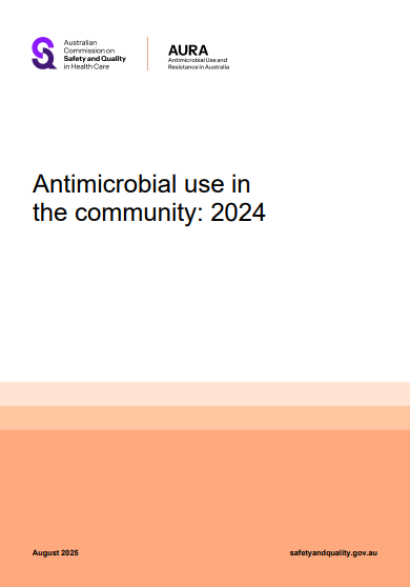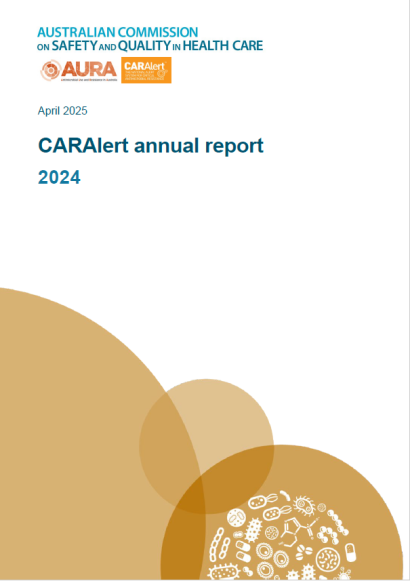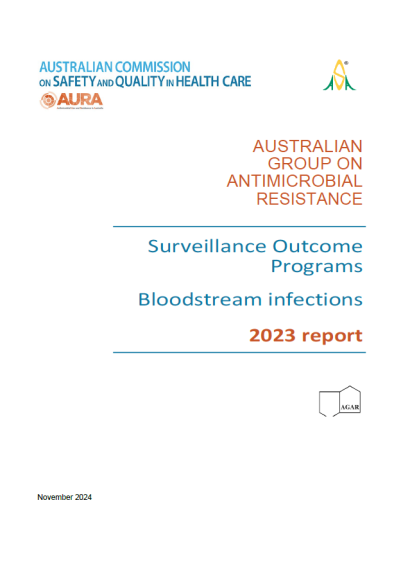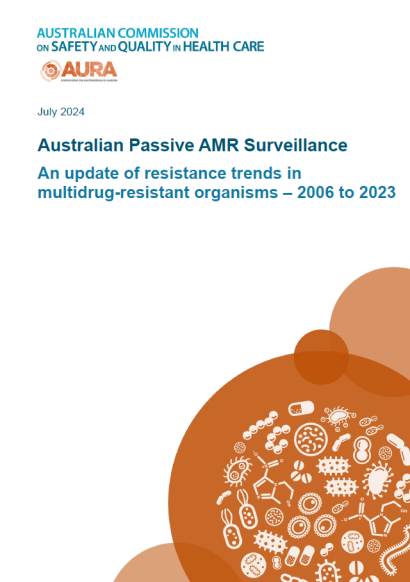AURA

Antimicrobial Use and Resistance in Australia (AURA)
The Commission’s Antimicrobial Use and Resistance in Australia (AURA) Project contributes to the national program for surveillance of antimicrobial use and resistance in human health across Australia.
Latest AURA Data
The APAS Data Explorer provides interactive access to the distribution of key antimicrobial resistances across Australia using map-based visualisations.
The CARAlert Data Explorer provides interactive access to data on critical antimicrobial resistances (CARs) across Australia. You can track trends and customise your view.
Recent reports
The Commission has recently published reports on antimicrobial use and resistance in Australia.
Overview
The AURA surveillance program is coordinated by the Australian Government Department of Health, Disability and Ageing (the Department). It was established by the Commission in 2014, with funding provided by the Department.
The AURA surveillance program supports Australia’s efforts to prevent and contain antimicrobial resistance (AMR) in human health, and implementation of Australia’s National AMR Strategy - 2020 and Beyond.
Effective surveillance and monitoring of antimicrobial use and resistance are essential to determine the burden of AMR. Findings inform strategies for antimicrobial stewardship (AMS) and infection prevention and control programs, prescribing guidelines and information for clinicians and consumers about safe and appropriate use of antimicrobials.
About the AURA Project
The Commission’s AURA Project coordinates and reports on elements of the AURA surveillance program, including:
- Australian Passive AMR Surveillance (APAS)
- National Alert System for Critical Antimicrobial Resistances (CARAlert)
- Community antimicrobial use.
The AURA Project has also developed the series of AURA reports, most recently AURA 2023. These reports provide comprehensive data and analyses on patterns and trends in antimicrobial use and appropriateness and AMR in Australian acute and community healthcare settings. These reports also include considerations, implications and priorities for patient safety and delivery of care.
Subscribe for the latest updates on antimicrobial resistance and infection prevention and control.




